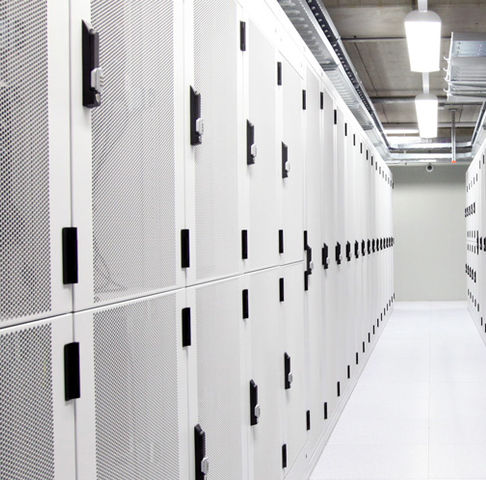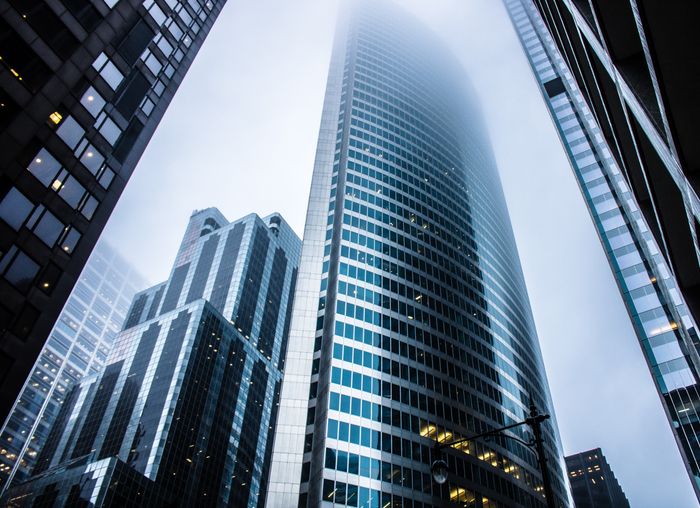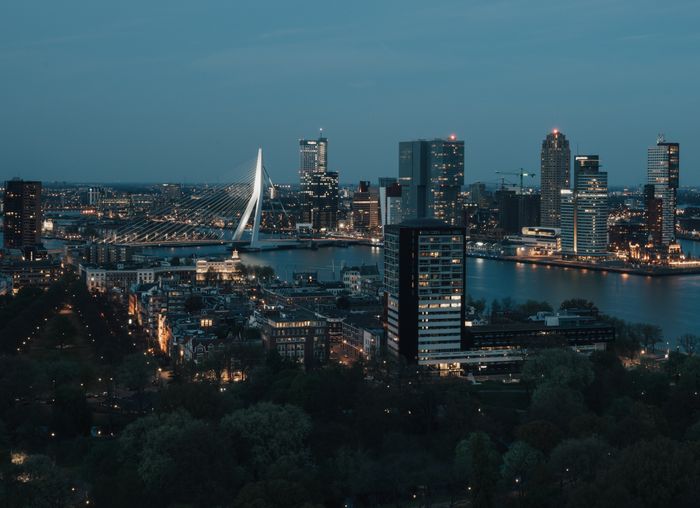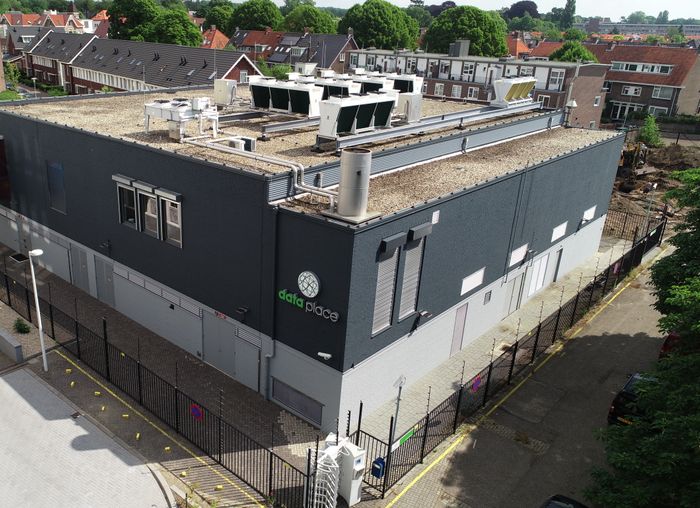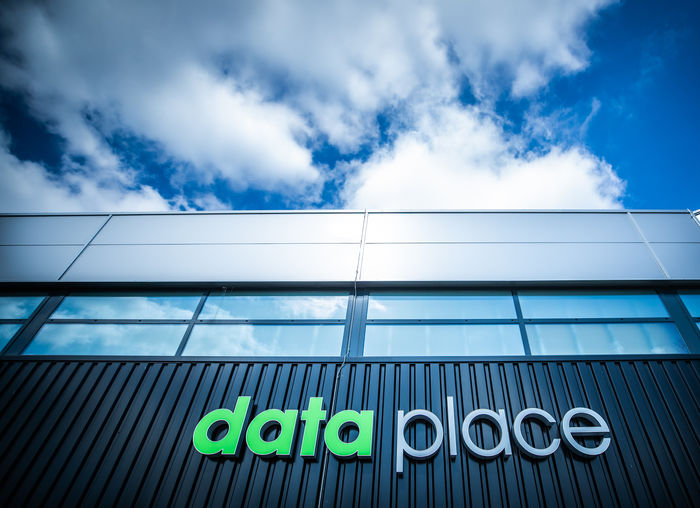Using a data center has several advantages over housing one or more servers on-site. An office building often lacks a proper power backup, fire prevention, optimal cooling, adequate security, and redundant internet connections. Additionally, space becomes a problem as the inventory of IT equipment expands.
Therefore, a data center is an excellent solution for any organization heavily reliant on IT equipment and applications, requiring high availability of IT services. A data center is a highly secure industrial facility designed and built with one purpose: to ensure that computer servers with digital applications keep running, 365 days a year, 7 days a week, and 24 hours a day. Data centers can be single-tenant or multi-tenant. In the former case, the data center caters to the needs of a single company. A multi-tenant data center rents space to multiple organizations. Essential facilities like connections, cooling, and power supplies are usually redundant (doubled) in data centers.
Once you have decided to house your server(s) and IT infrastructure in a data center, it is important to choose the right data center. But what should you consider when making that choice? We outline some key factors to consider when choosing a data center.
1. The location of the data center
The location is a critical consideration when selecting a data center for various reasons. Accessibility is a key factor, especially if you need to upgrade or maintain the equipment stored in the building.
Also, consider the susceptibility of the area to natural disasters such as hurricanes, floods, earthquakes, heavy storms, and tornadoes. A good data center takes this into account during the construction phase, but it's always good to check if additional precautions have been taken.
Additionally, from a data protection and privacy legislation standpoint, the location of a data center can be a significant concern. There are laws specifying that certain data must be stored only in a data center located in the Netherlands or EU territory. Storing data in a non-EU country, such as the US, Asia, or non-EU European countries, can result in non-compliance with regulations. Moreover, a short distance between the data center and your office often results in faster loading times, which is crucial in an era where the average internet user leaves a site if it takes more than 3 seconds to load.
2. Cooling and power supply in the Data Center
Servers used intensively generate heat quickly, especially with the multitude of equipment present in data centers. Therefore, it's important to ensure there is sufficient cooling in your chosen data center. Ideally, the data center should have redundant cooling systems with multi-path configurations. If one cooling system fails, this setup ensures there is a backup system that takes over the cooling tasks.
Power supply is equally important. Is there enough power available? Are power supplies redundant? Are there sufficient high-quality fiber optic paths to and from the building?
3. Network neutrality or not?
Determining whether a data center is network-neutral is another critical aspect when selecting a data center. A network-neutral (carrier-neutral) data center is entirely independent of network providers. The data center hosts connections from multiple colocation and service providers.
This offers several significant advantages. For instance, you can choose the carrier you prefer. You also have the freedom to opt for two or more carriers, making you independent of a single entity. This flexibility also often results in cost savings since carriers compete with each other, leading to lower rates in network-neutral data centers compared to those used exclusively by a specific provider.
4. Tier classification of the Data Center
The Uptime Institute classifies data centers into four categories known as Tiers, based on expected availability. Higher Tier levels indicate higher expected availability. The tiers are as follows:
- Tier I (99.671% availability): Estimated downtime for a data center in this category is 1,729 minutes or 29 hours.
- Tier II (99.741% availability): This equates to an estimated downtime of 1,361 or 23 hours.
- Tier III (99.982% availability): The estimated downtime for this type is only 95 minutes.
- Tier IV (99.995% availability): This is the highest level and results in an estimated downtime of 26 minutes.
As you can see, there's a significant difference between Tier I-II data centers and those falling under Tier III or IV. Data centers classified as Tier III & IV communicate to investors, customers, and the market that the IT infrastructure is available 24/7.
5. Security
The level of security a data center can guarantee is crucial. The IT infrastructure is the backbone of your organization, so it's essential to critically assess how a data center is secured. Are there layered security zones? Is there continuous surveillance with cameras? How are access logs maintained? And how is access regulated? Many data centers utilize biometric solutions for access control and usually limit access to a very select group of authorized individuals.
6. Support
Migrating and installing all your equipment in a data center is a significant task. The same applies to monitoring and maintaining the hardware once it's in the data center. Many data centers offer support for migrating or monitoring your IT infrastructure on-site. It often pays off to look into the support services a data center provides and consider them in your decision-making.
7. Energy consumption and sustainability
Considering the environment and rising energy costs, the energy consumption of data centers is a hot topic. What is the data center doing to set up energy consumption as efficiently as possible and keep it within limits? Measures that can be taken to save energy include energy-efficient cooling systems, reusing waste heat, cold corridors, and the use of smart lighting.
8. Flexibility and future-proofing
Flexibility and future-proofing are also essential considerations when choosing a data center. Does a data center only provide out-of-the-box solutions, or is there room for more customization? What about capacity? Can the data center scale quickly and easily if needed? From a future-proofing perspective, try to get an understanding of the financial stability of a data center.
9. Additional services
When selecting a data center, carefully consider the added value the data center itself can offer. To what extent can they provide additional services that are needed now or in the future to allow flexibility and growth of your IT infrastructure? Consider services such as providing an Infrastructure as a Service (IAAS) platform for your backups or innovations, migrating to or setting up a Public Cloud platform, or configuring your cloud infrastructure. Consolidating your entire IT infrastructure with one provider offers many benefits, including having a single point of contact for issues, reducing monthly costs, and flexibility in contract periods.

ContactOur experts
Wilt u meer weten over onze diensten?
We helpen u graag verder.
